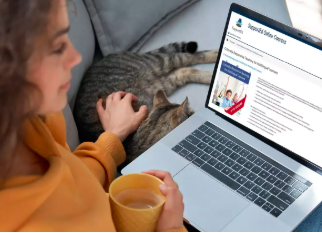Introduction
In today’s flexible learning environment, self-paced learning has become an empowering choice for students of all ages. Whether in a virtual classroom or through independent study, this approach allows learners to progress at a rhythm that suits their individual needs. Facilitating self-paced learning effectively means creating an environment that supports autonomy while gently guiding students toward their goals.
1. Create Clear and Achievable Learning Goals
To begin, establish well-defined objectives. Learners thrive when they understand what’s expected and can track their own progress. Break larger goals into smaller, manageable tasks to help build momentum and motivation.
2. Offer Flexible Learning Materials
Provide a variety of resources such as videos, readings, podcasts, and interactive tools. Diverse materials not only cater to different learning preferences but also allow learners to revisit content as needed—an essential feature of self-paced study.
3. Build a Simple and Friendly Structure
Organize lessons in a way that flows naturally. Use clear headings, visual guides, and brief check-ins or quizzes to help learners know where they are and what comes next. A clean and intuitive layout can reduce cognitive load and boost confidence.
4. Encourage Self-Reflection and Personal Planning
Invite learners to reflect on their progress regularly. Offer tools like learning journals, goal-setting sheets, or reflection prompts. This helps students take ownership of their journey and stay connected to their purpose.
5. Provide Gentle Guidance and Support
Even in a self-paced model, supportive feedback matters. Be available to answer questions, share words of encouragement, and suggest helpful strategies. Consider offering optional live sessions, discussion boards, or virtual office hours.
6. Promote a Growth Mindset
Celebrate effort and progress, not just results. Reinforce the idea that learning is a journey, and mistakes are part of the process. A positive mindset can help students persist through challenges and develop lifelong learning habits.
7. Respect Individual Learning Styles
Recognize that learners bring different strengths and preferences. By offering choice and flexibility, you empower students to explore what works best for them. This fosters independence and engagement.
Conclusion
Facilitating self-paced learning is about more than just providing content—it’s about fostering a supportive and encouraging atmosphere where learners feel confident, capable, and inspired to grow. With thoughtful planning and a compassionate approach, educators and facilitators can help students succeed on their own terms.














